Latest
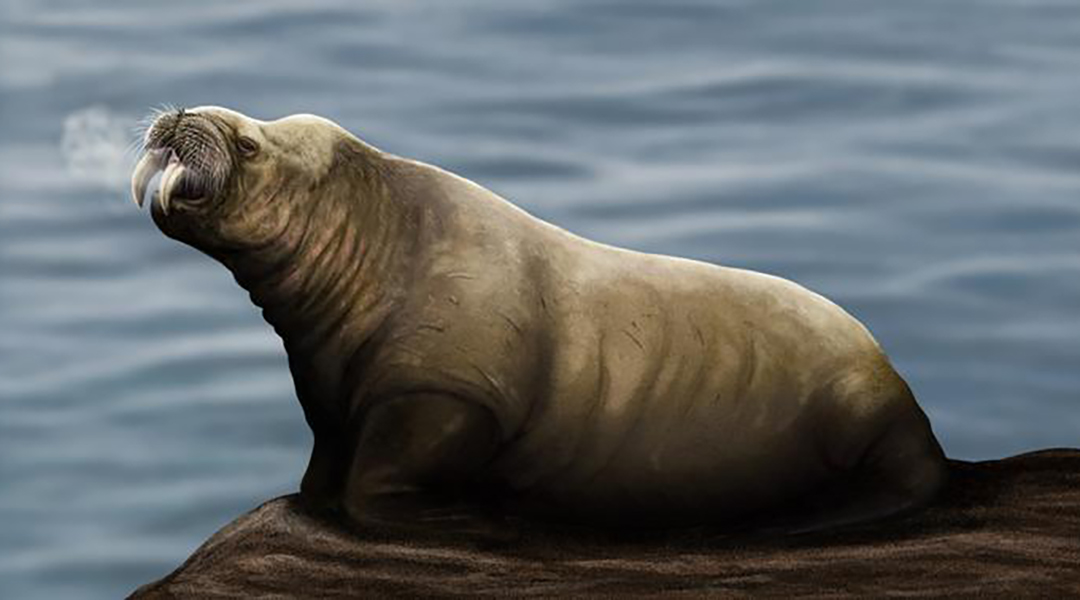
Extinct walrus-like species identified from old mandibles
The extinct species, named Ontocetus posti, lived nearly two million years before the modern walrus emerged.

Scientists hope a new take on superconductivity could spark more advances in the field
Understanding this unique form of superconductivity is crucial and could lead to exciting applications, like functional quantum computers.
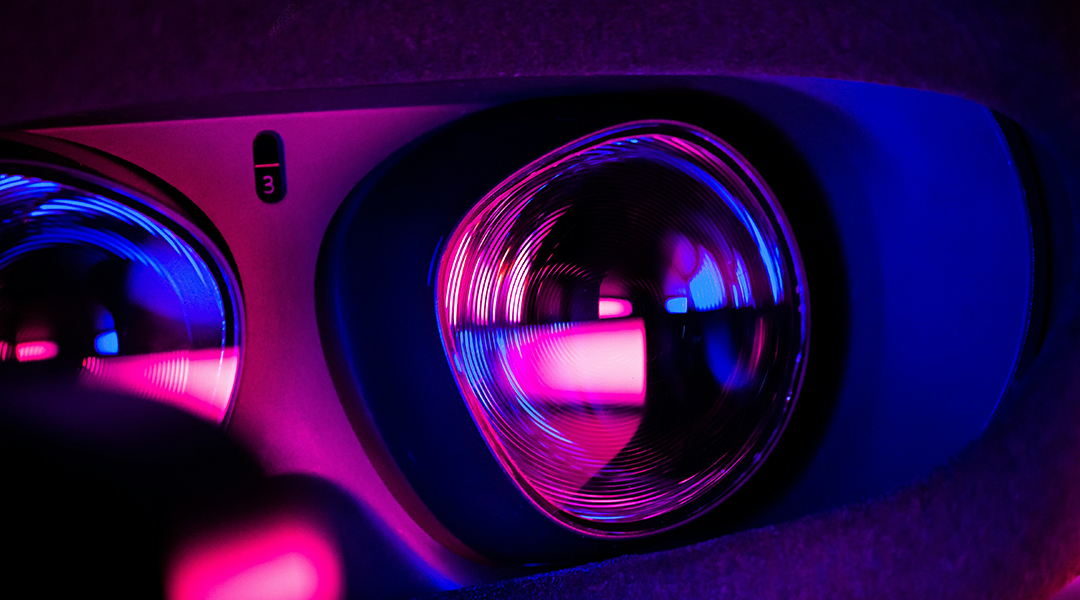
Contact lenses bring 3D holograms to life for augmented reality
A better way to fabricate metasurfaces allows scientists to create contact lenses capable of projecting 3D holographic images.

Cinnamon particles help make edible gas marbles
This is the first instance of incorporating edible particles into gas marbles, with some intriguing applications in gastronomy.
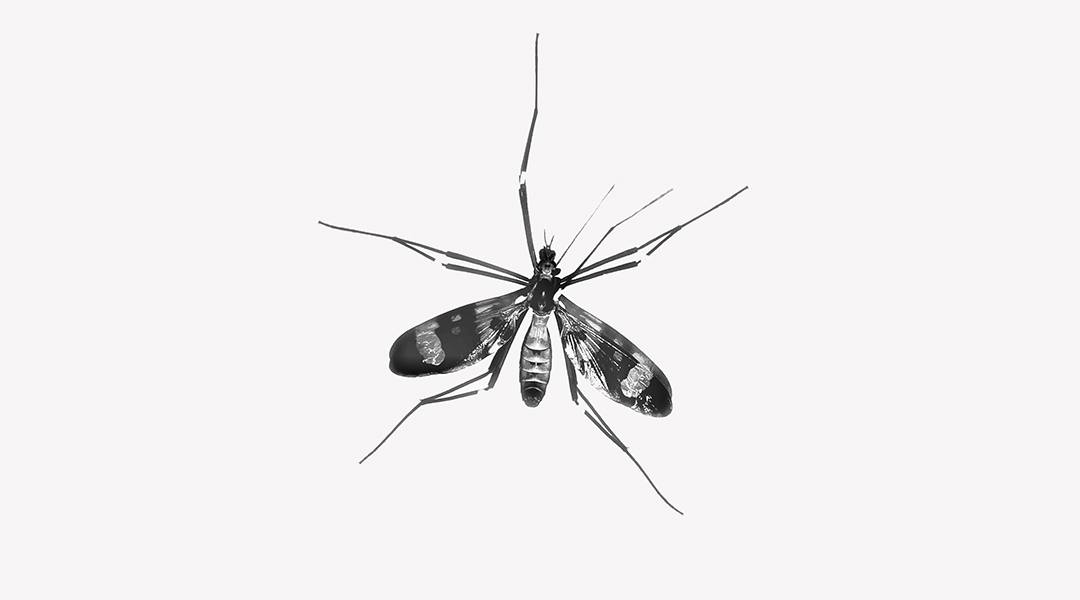
New type of antiviral proves effective against all strains of dengue virus
This new class of antivirals could unlock treatment for viruses beyond just dengue that have been challenging to treat in the past.

“Stellar paternity tests” link orphan stars to their parent clusters
Astronomers used the Gaia Space Telescope to say “you are the father” by tracing hot young stars back to their place of birth.

Breakthrough in quantum computing with stable room temperature qubits
Scientists achieve groundbreaking room-temperature quantum coherence for 100 nanoseconds, propelling molecular qubits closer to practical quantum computing.
ASN Weekly
Sign up for our weekly newsletter and receive the latest science news directly to your inbox.

CALF-20: A carbon capture success story
An innovative new material called CALF-20 has found success in an industrial pilot-scale carbon capture project.

A sprayable chemical sensor for better environmental monitoring
An innovative chemical sensor design could make environmental monitoring in the field more efficient and effective.

A wearable air sampler to detect SARS-CoV-2
A wearable air sampler to help monitor personal exposure to SARS-Cov-2 and identify high-risk areas for indoor exposure.
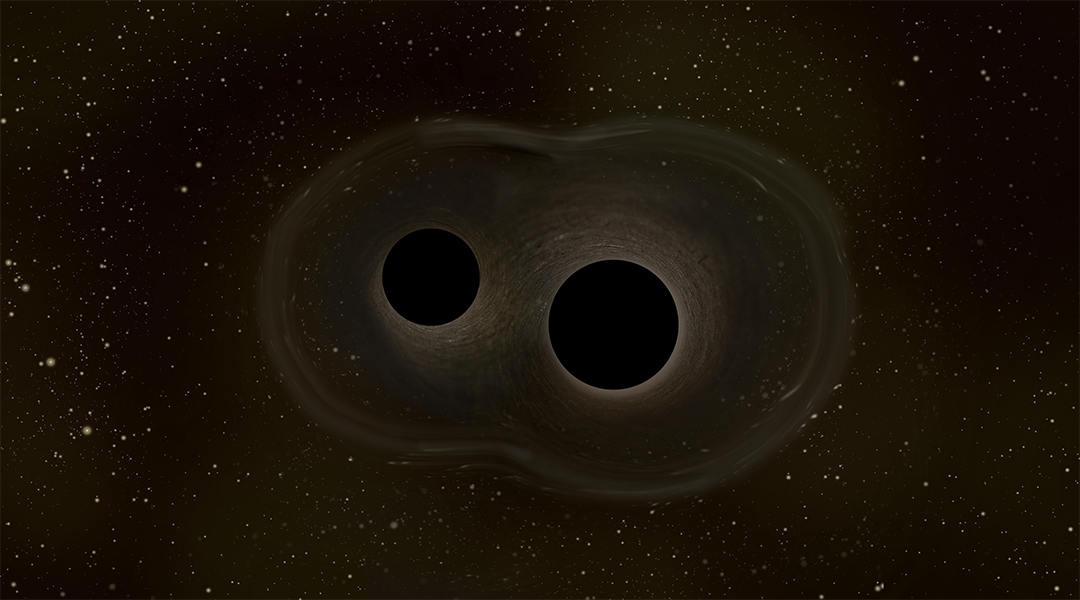
Physicists identify a quantum membrane in merging black holes
The existence of a quantum membrane is predicted by some theories of gravity, and scientists might be one step closer to identifying one.

Microplastics are taking flight
New research with samples from Pic du Midi Observatory reveal that microplastics are traversing the globe through the atmosphere.
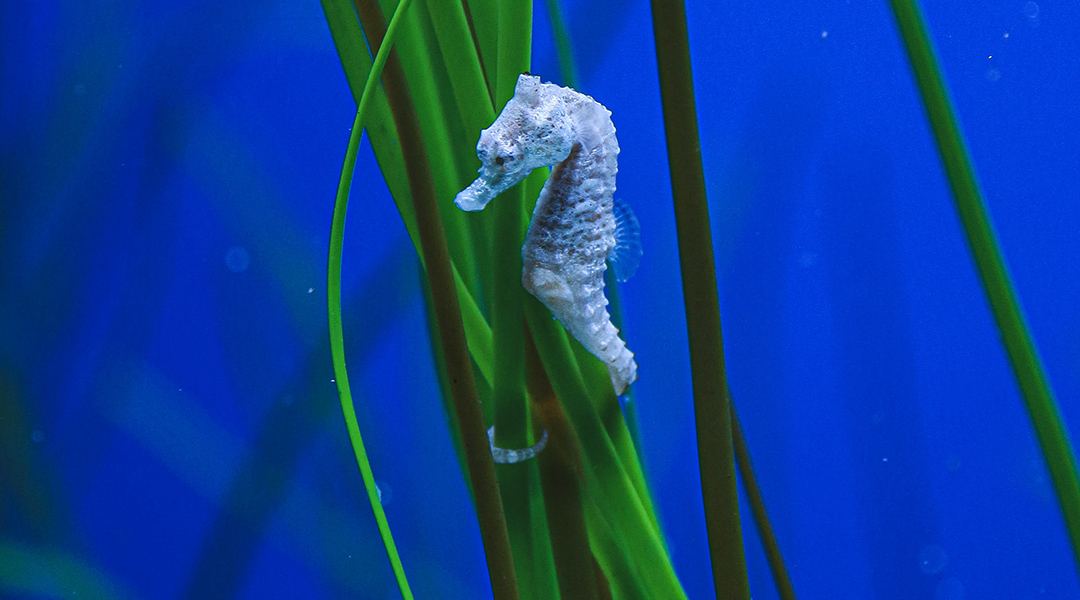
Seahorse-inspired grabbing robots to help clean up our oceans
Researchers take a lead from seahorse tails to develop grasping robots that could help clear up trash from our oceans.
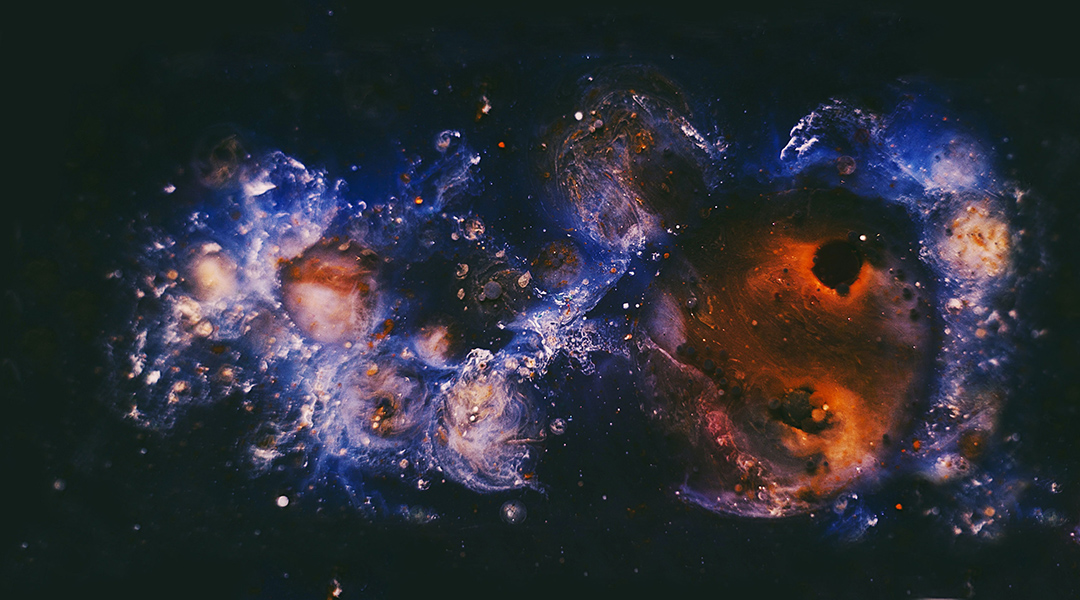
Explaining the Universe’s accelerated expansion without dark energy
A modification to the theory of general relativity makes it consistent with observable astronomical data without the need for dark energy.
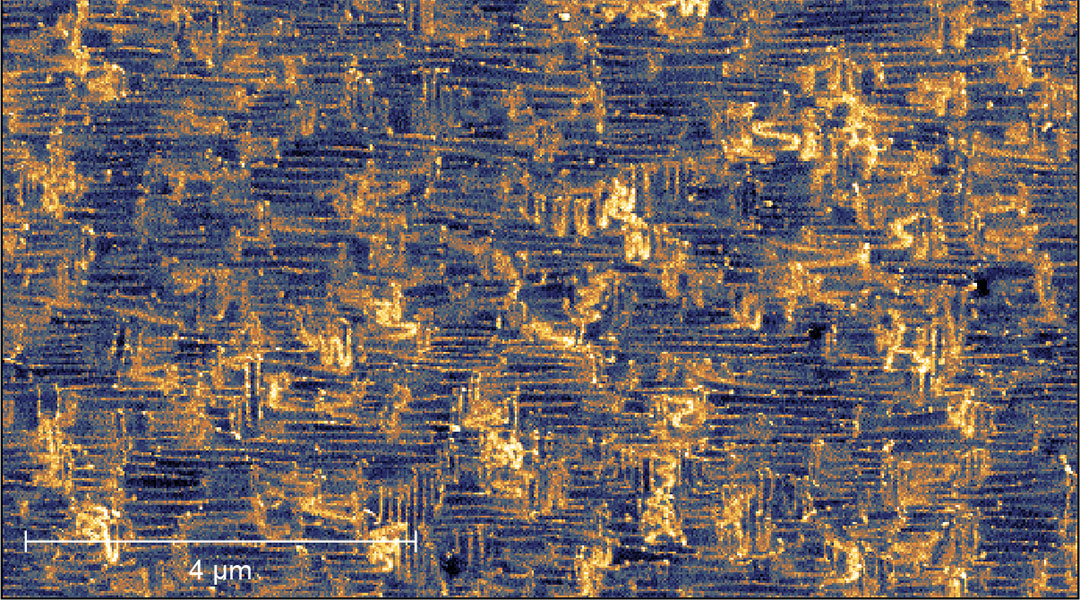
Artificial neural networks made from memristors for brain-inspired computing
Artificial neural networks made from domain walls mimic synapses and neurons in the brain for neuromorphic computers.

New type of black hole merger may have just been observed
Merging pairs of black holes are thought to have originated from binary stars, but new observations indicate this might not always be true.
No Results Found
The page you requested could not be found. Try refining your search, or use the navigation above to locate the post.
No Results Found
The page you requested could not be found. Try refining your search, or use the navigation above to locate the post.
No Results Found
The page you requested could not be found. Try refining your search, or use the navigation above to locate the post.
No Results Found
The page you requested could not be found. Try refining your search, or use the navigation above to locate the post.
No Results Found
The page you requested could not be found. Try refining your search, or use the navigation above to locate the post.
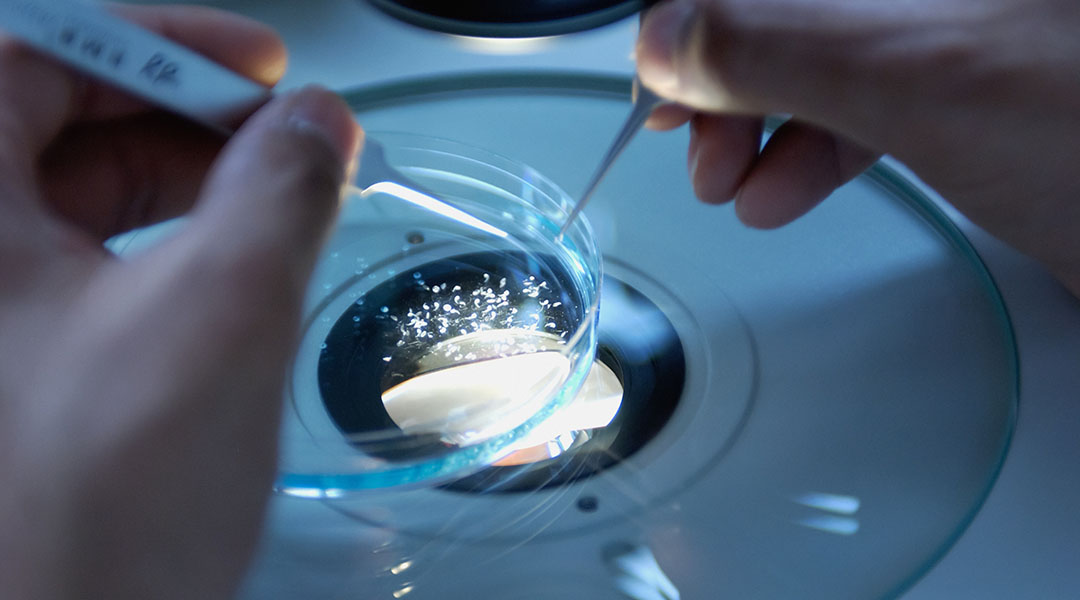
Bacteria found in tumors could prove a potent anticancer tool
Bacteria residing inside tumors provide a surprisingly powerful immunotherapy platform to combat different cancers.

How the brain protects itself from the negative effects of CBD
To understand CBD’s impact and the risks associated with consumption, researchers explore how a fellow brain cell prevents toxicity in neurons.
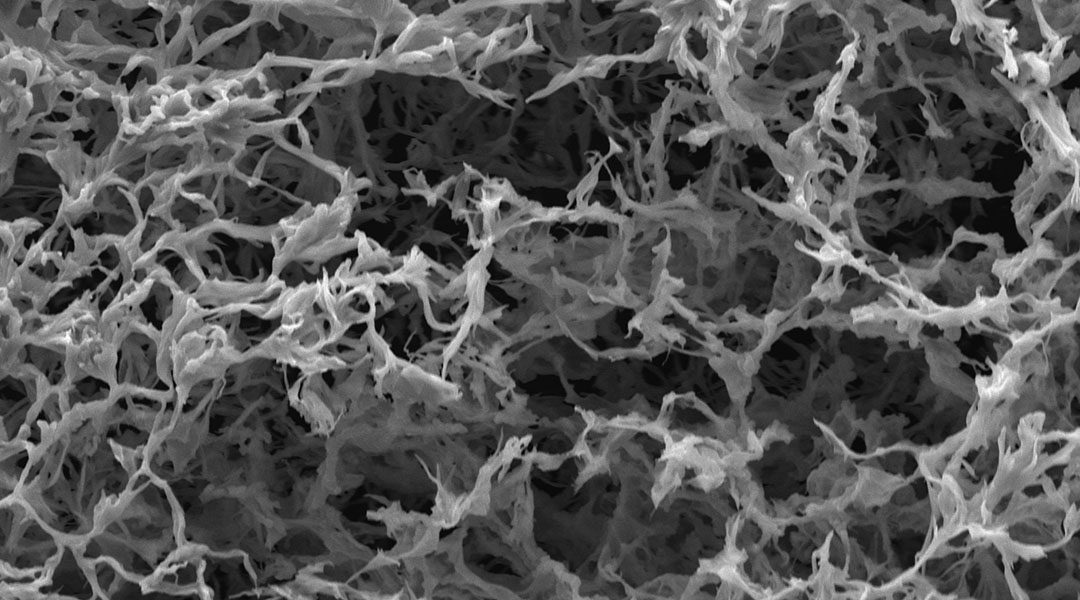
A long-lasting drug delivery system to treat HIV
This clever drug delivery platform could improve HIV patients’ adherence to treatment and help eradicate the virus.

Discovery of a natural anti-stress pathway could help anxiety
A pathway in the brain that forms its natural stress response could be used to make new treatments for anxiety.
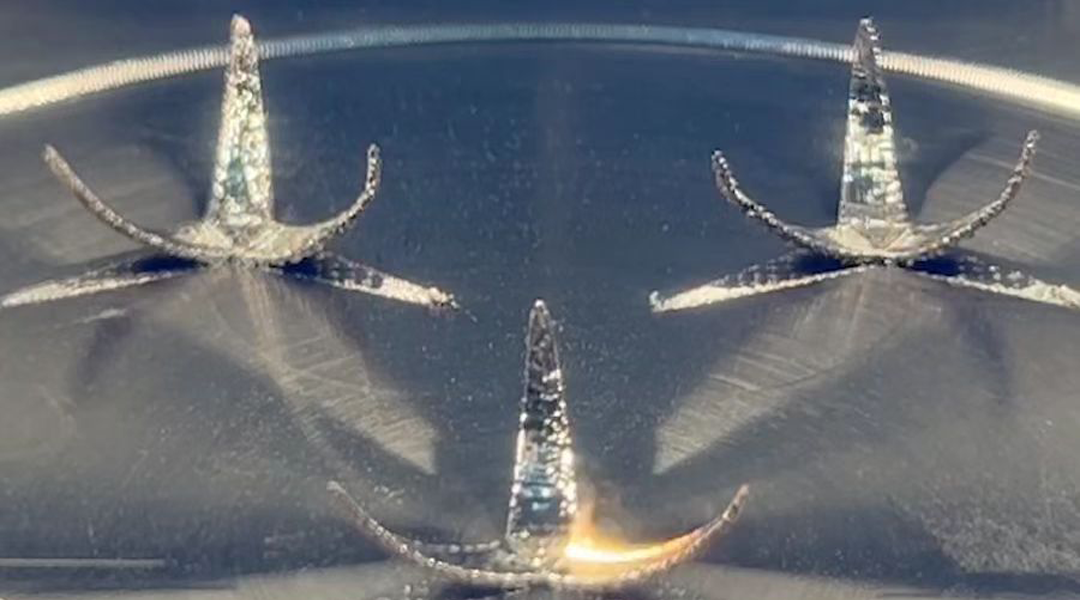
Laser-assisted 4D printing could open new avenues in science and technology
4D printing of metallic shape-morphing systems can be applied in many fields, including aerospace, smart manufacturing, naval equipment, and biomedical engineering.

Machines can impersonate humans, but the subconscious brain is not fooled
People cannot reliably tell whether a text is produced by a human or a machine — but subconscious neural activity reveals the true identity.
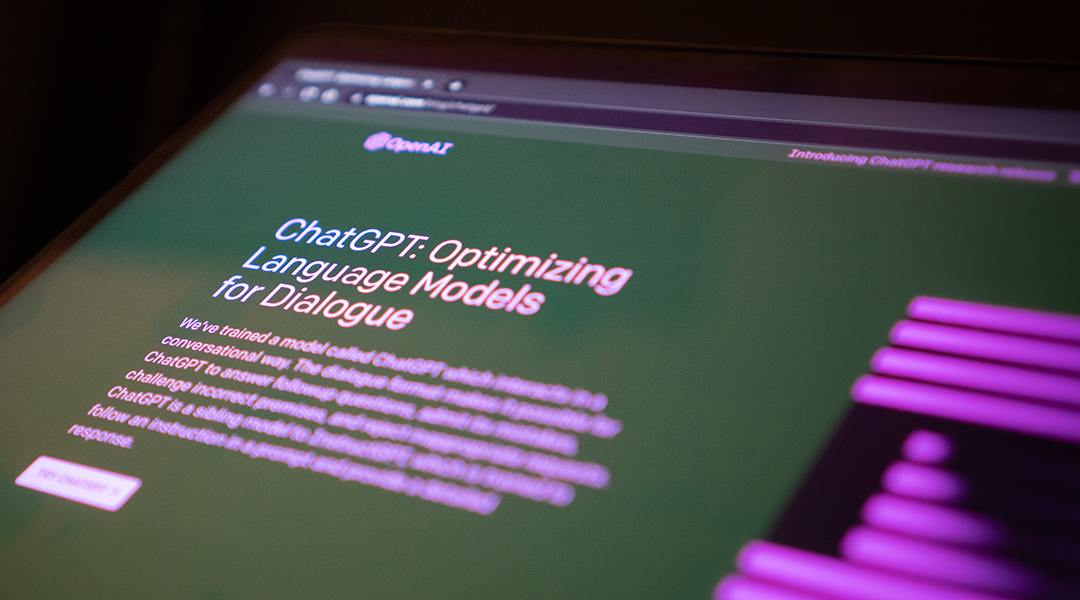
ChatGPT is making waves in the scientific literature
Crediting ChatGPT as an author on scientific papers has sparked debate around the role it should play in the scientific literature.

Eliminating computer errors by combining computation and memory
A device brings memory and processing together, helping minimizing errors and avoiding increasing energy demands due to huge amounts of data.

Decarbonizing the chemical industry with sustainable photons
Decarbonizing the chemical industry is possible, provided decreases in the cost of solar energy and increases in LED efficiency continue.

Gravity energy storage elevated to new heights
An innovative new gravity storage system with an “elevator” style building design is a viable solution to global grid-scale energy storage.

Improving the health of China’s Upper Yellow River
Environmental protection measures implemented in recent years have seen positive outcomes in improving the health of the Mother River of China.
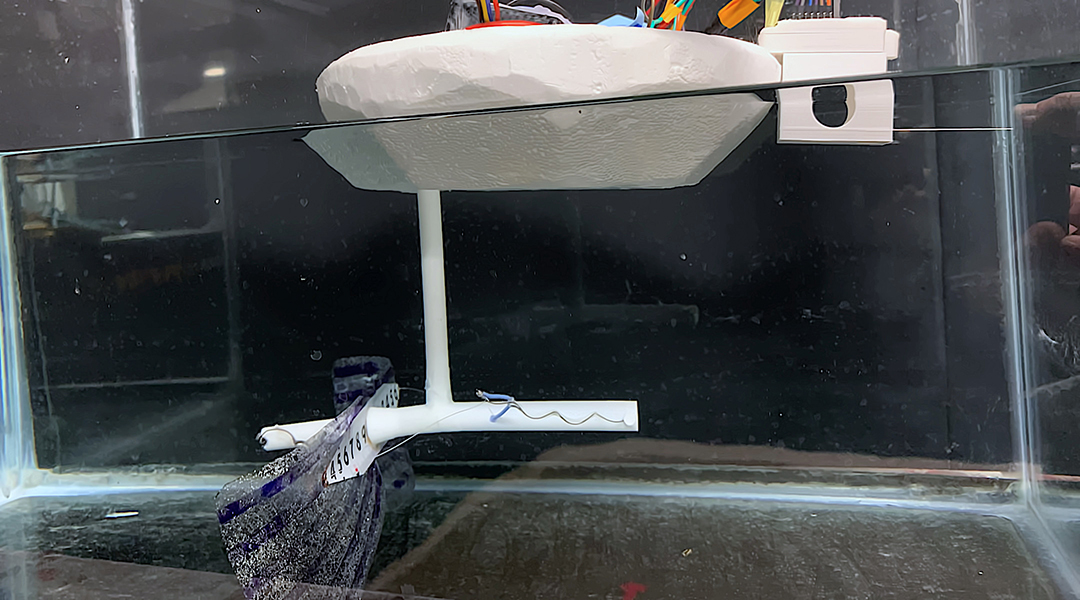
Learning from a robotic octopus swimmer
A robotic swimmer that mimics the movement of octopuses could help researchers better monitor aquatic environments remotely and in real time.

Upper mass limit of massive stars revisited
Physicists at the Gemini Observatory have found a new mass limit for massive stars, and found it to be lower than previously thought.

Is the Universe running out of stars?
Astronomers are discovering that the rate of star formation in the universe is dropping, and they want to know why.

Cooling particle beams to study the hottest topics in physics
A new experimental technique could push the capabilities of particle accelerators in exploring the subatomic world.
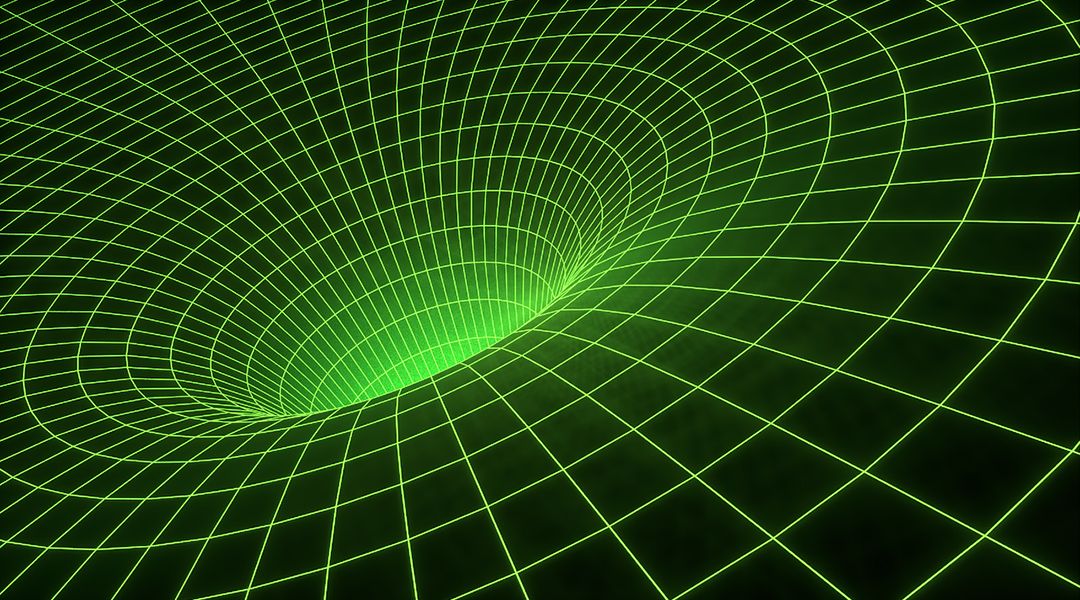
String theory used to describe the expanding universe
To address unknown quantum gravitational effects in the early universe, physicists have recruited string theory to help solve the problem.



